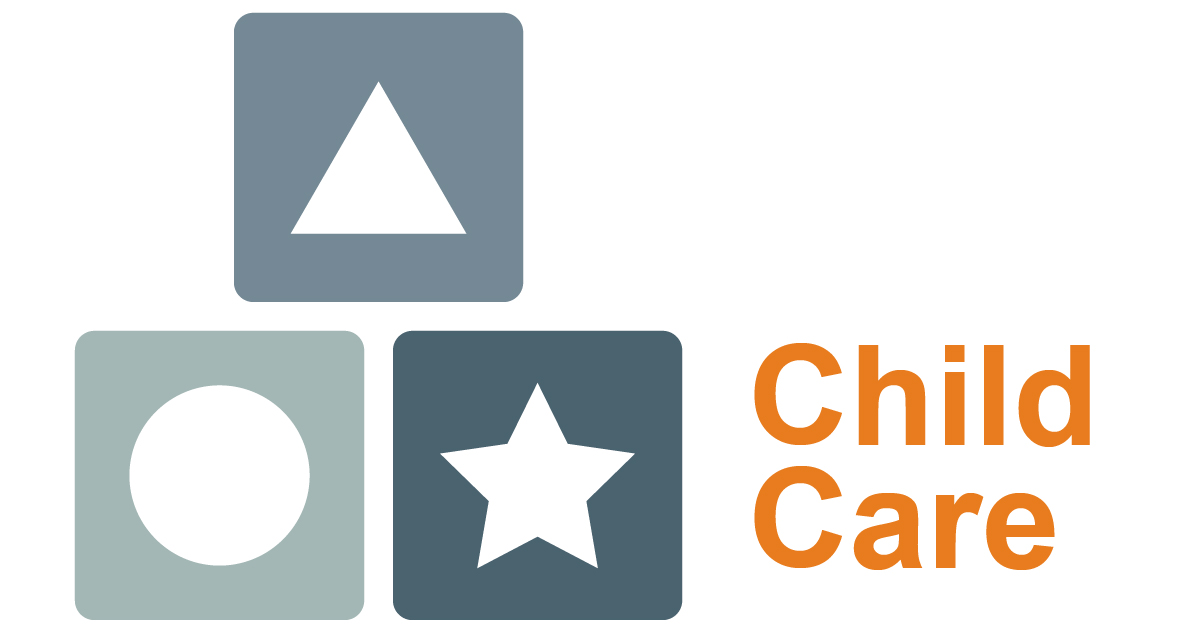Behavioral Insights for Child Care
Lessons from the BIAS Project

Research in behavioral science has shown that small changes in the environment can make it easier for people to act and make decisions that support their goals. The Behavioral Interventions to Advance Self-Sufficiency (BIAS) project, launched in 2010, was the first major project to apply behavioral insights to the human services programs that serve poor and vulnerable families in the United States. The project was sponsored by the Office of Planning, Research and Evaluation of the Administration for Children and Families in the U.S. Department of Health and Human Services, and led by MDRC. The goal of the project was to learn how tools from behavioral science could be used to deliver program services more effectively and, ultimately, improve the wellbeing of low-income children, adults, and families. The BIAS project targeted three domains: child support, child care, and work support.
The federal Child Care and Development Fund (CCDF) is the largest child care subsidy program for low-income families in the United States, with most of its funding used for subsidies to low-income parents who are working or in school. Like many other human services programs, offices that administer CCDF often require clients to make active decisions and follow a series of steps to obtain benefits. These actions include deciding to apply, completing forms and proving eligibility, and selecting a child care provider that accepts the voucher and payment rate and has available openings at hours that work for the parent. Once parents receive their vouchers, they may be required to recertify eligibility several times each calendar year to maintain benefits.[1] Failure to complete the process on time may result in interrupted child care services or accrual of debt owed to child care providers. On-time renewals, on the other hand, may contribute to consistent child care for families, stable payments for providers, and a reduced administrative burden for the state.
The BIAS team worked with two states to design four tests focusing on two points in the CCDF process: when parents are applying for the program and when they must renew their eligibility.
Problem Focus 1: Applying for a Subsidy ― Provider Choice
Parents using a child care voucher must choose a child care provider. Some states have a Quality Rating and Improvement System (QRIS), which is designed, in part, to provide a standardized rating of provider quality. Since participating providers must meet a minimum standard of quality, the ratings may help parents select a provider. Administrators in Indiana were interested in increasing the number of parents who used their CCDF subsidies to pay for QRIS-participating providers, especially those with higher ratings.
Problem Focus 2: Subsidy Renewal
States require parents to periodically document their continued eligibility for their child care subsidy. CCDF administrators in Indiana and Oklahoma wanted to improve their respective renewal processes and increase the number of parents renewing on time.
[1]At the time of the BIAS project, parents in Indiana had to prove their continued eligibility for the CCDF subsidy every few months by providing documentation. The Child Care and Development Block Grant Act of 2014 extends the period of eligibility to 12 months and directs states to ensure that their procedures do not unduly disrupt parents’ employment. These provisions aim to make the process more efficient. The BIAS study had a similar objective.







